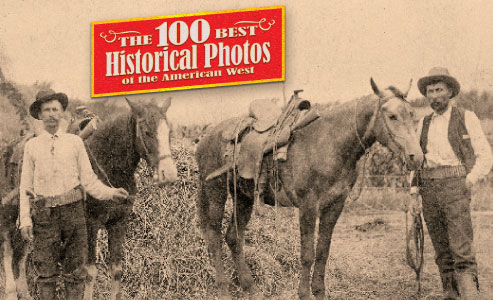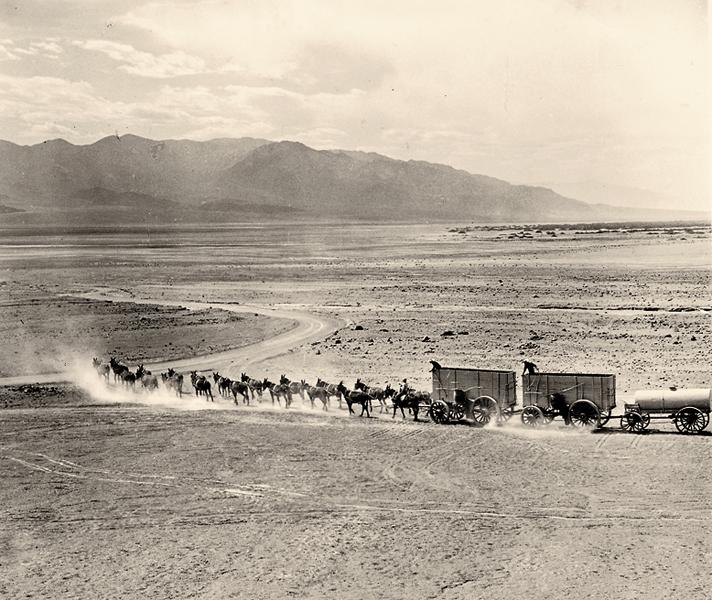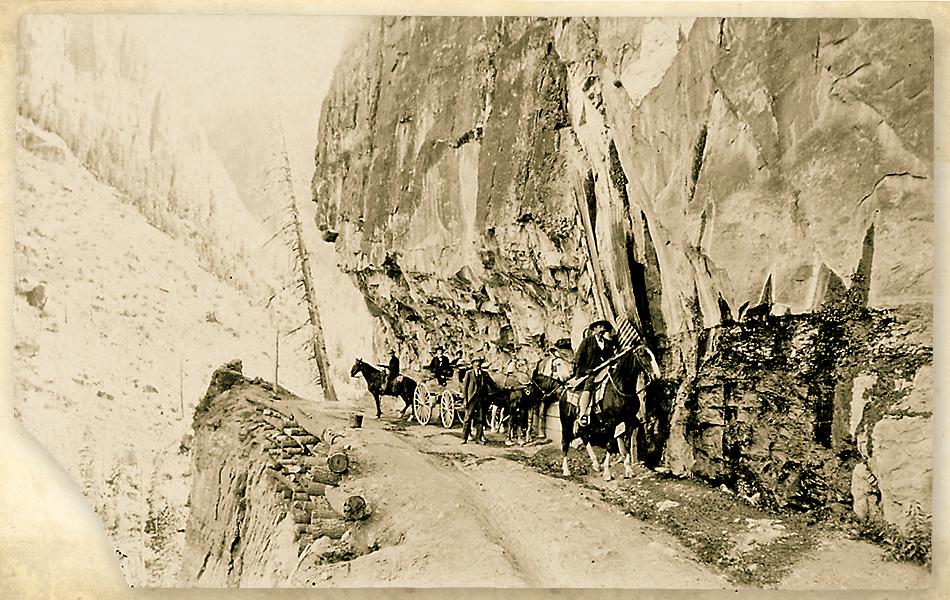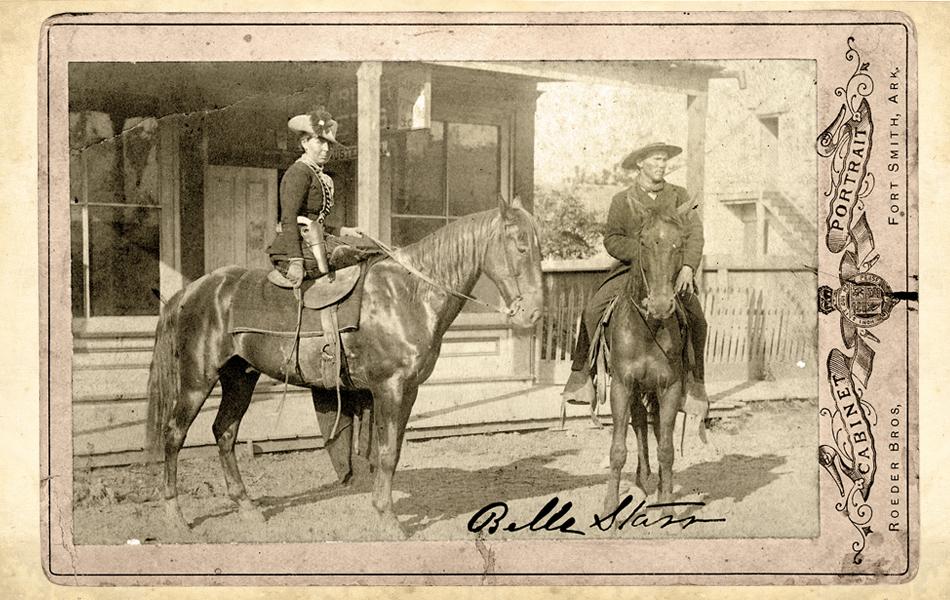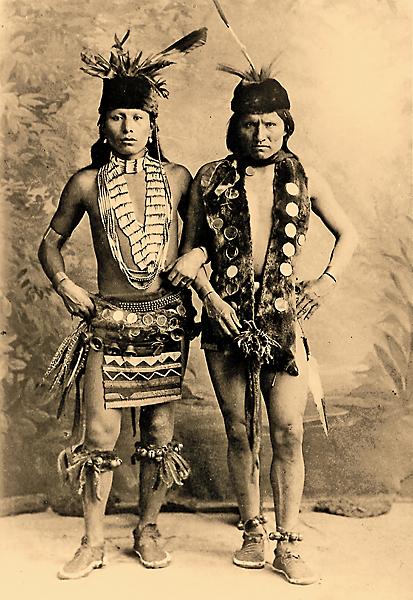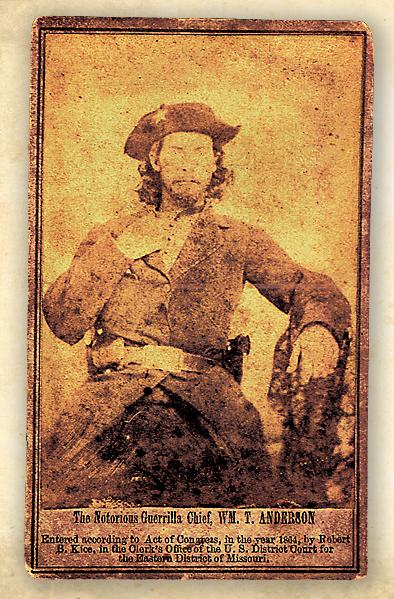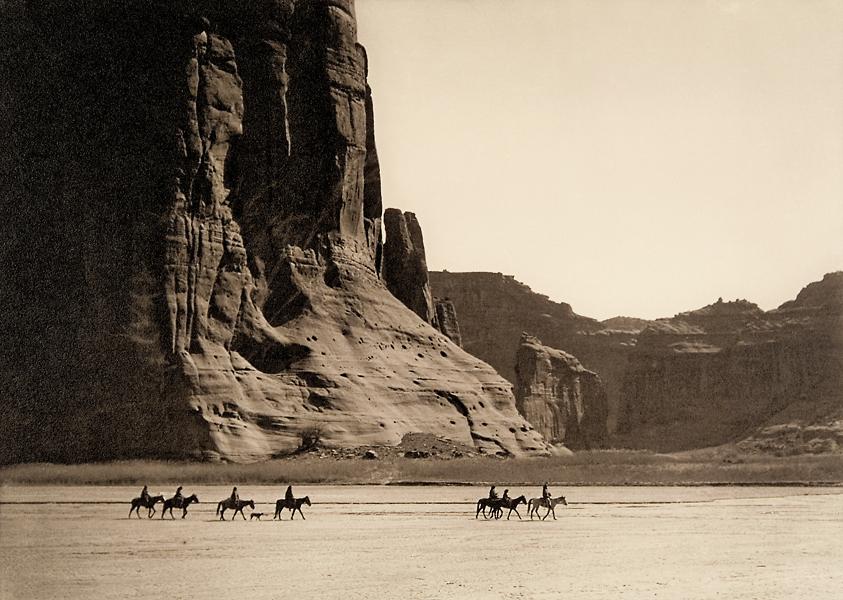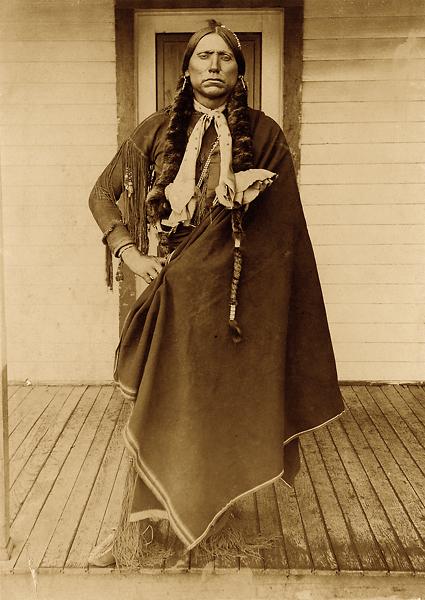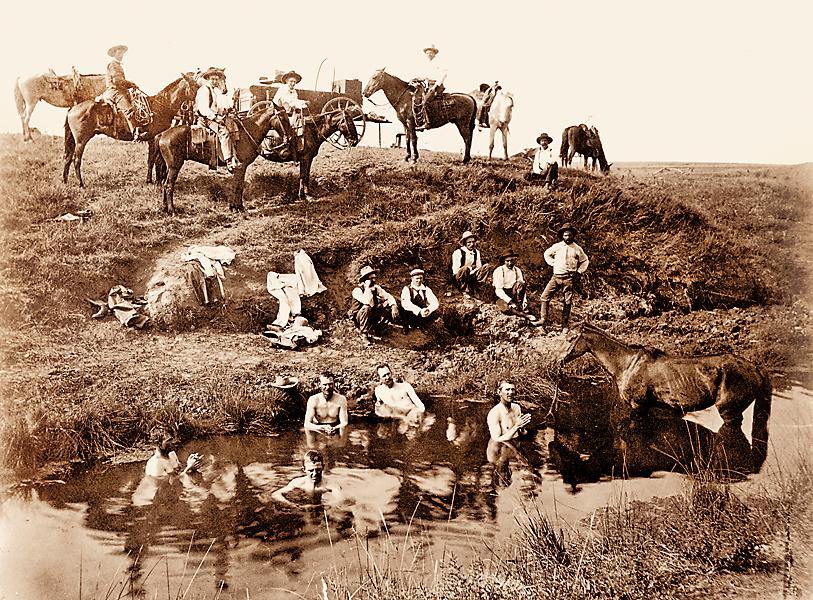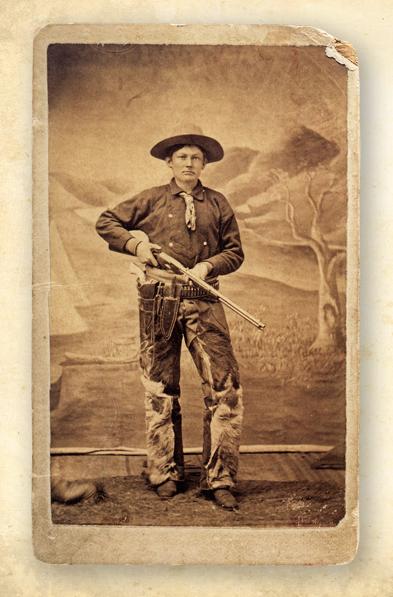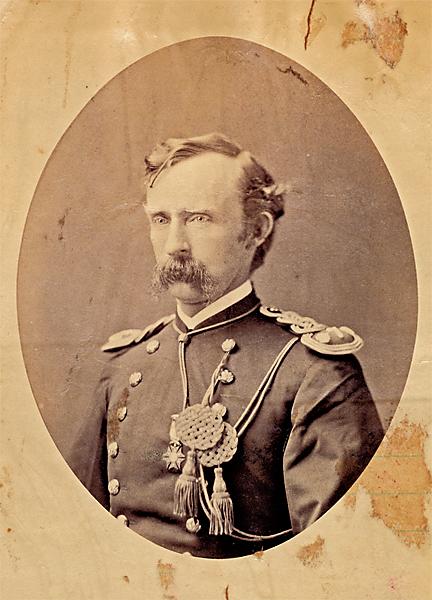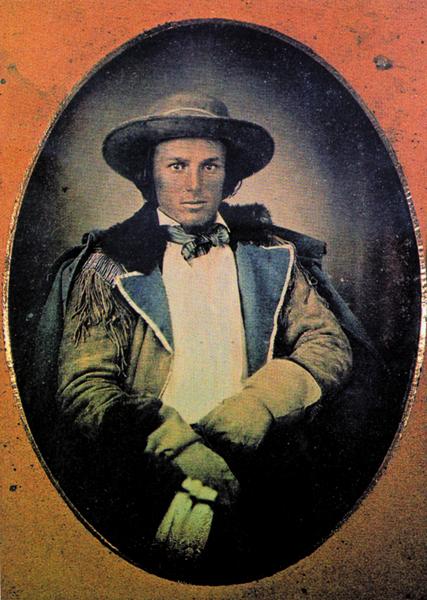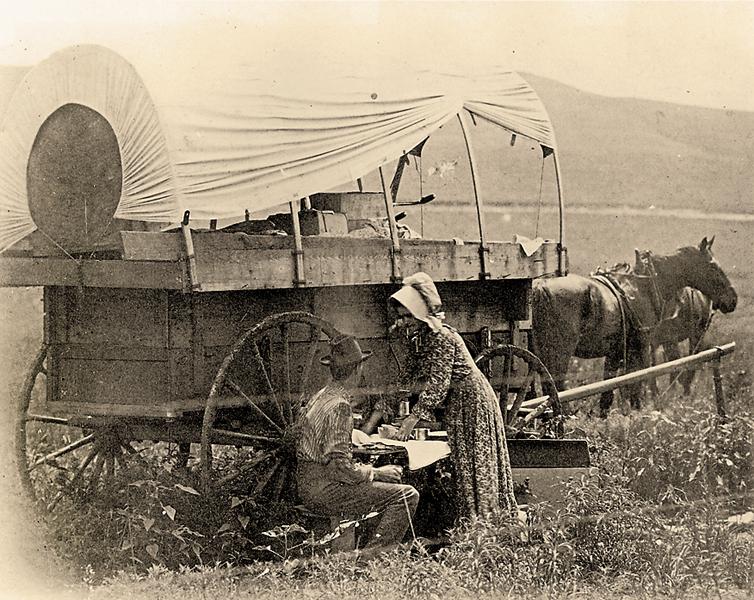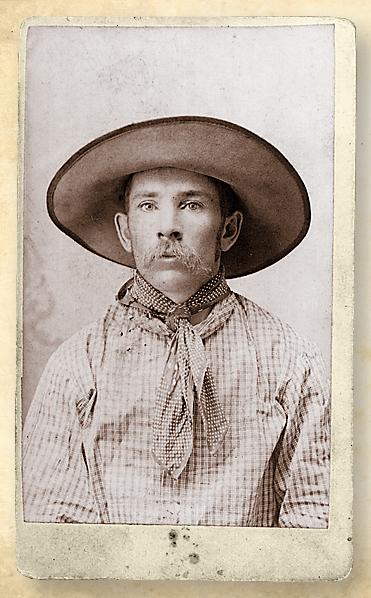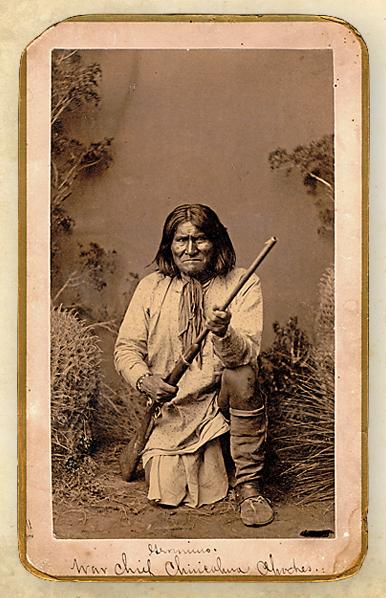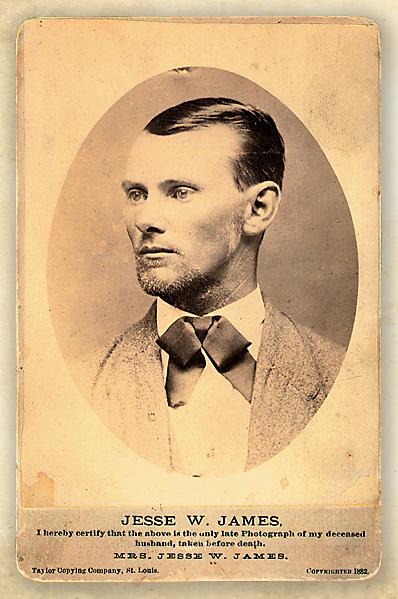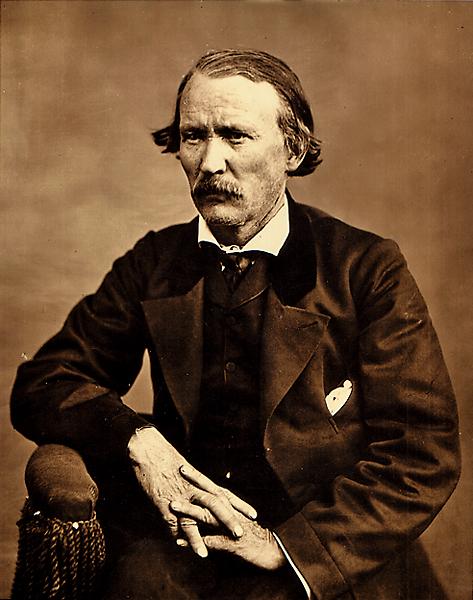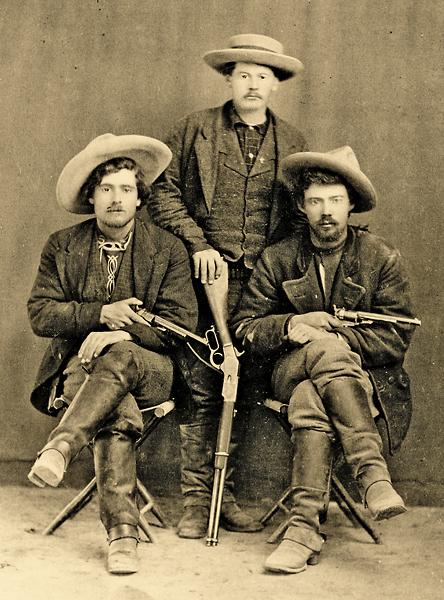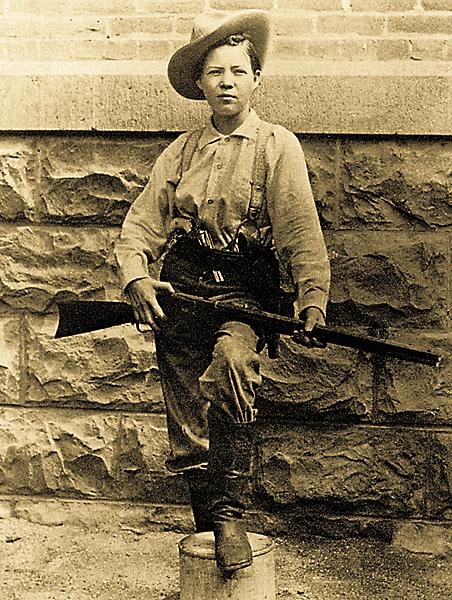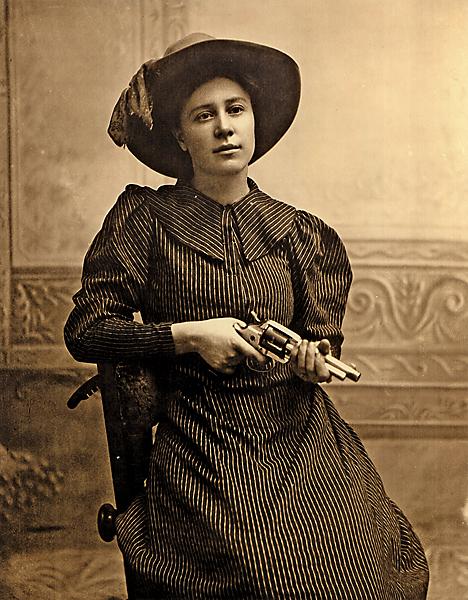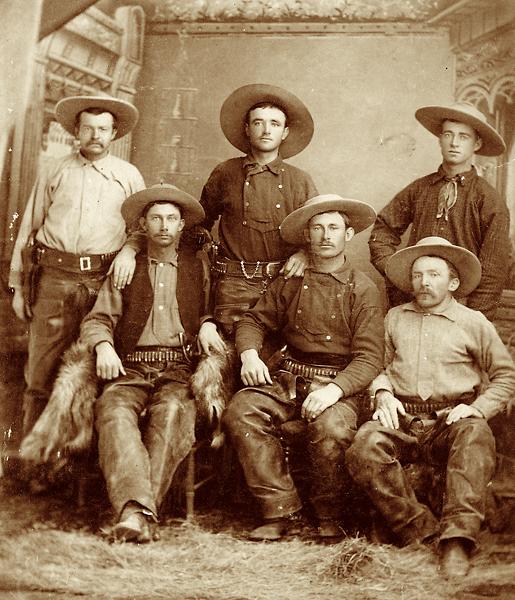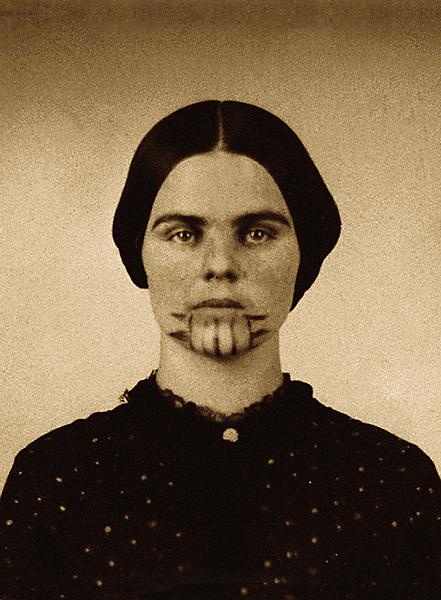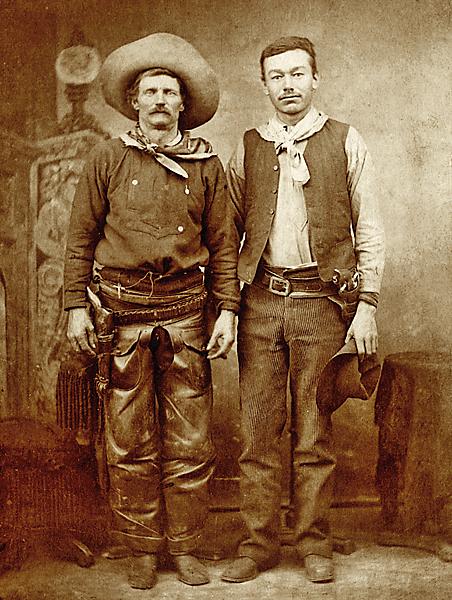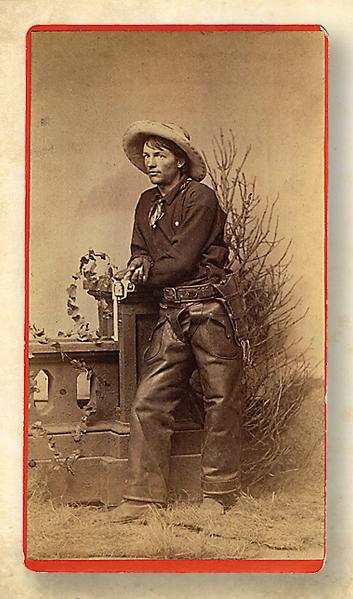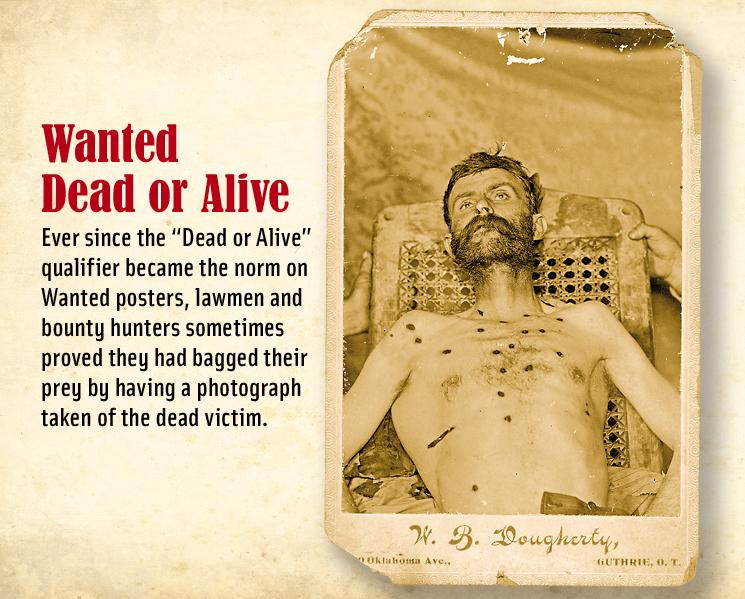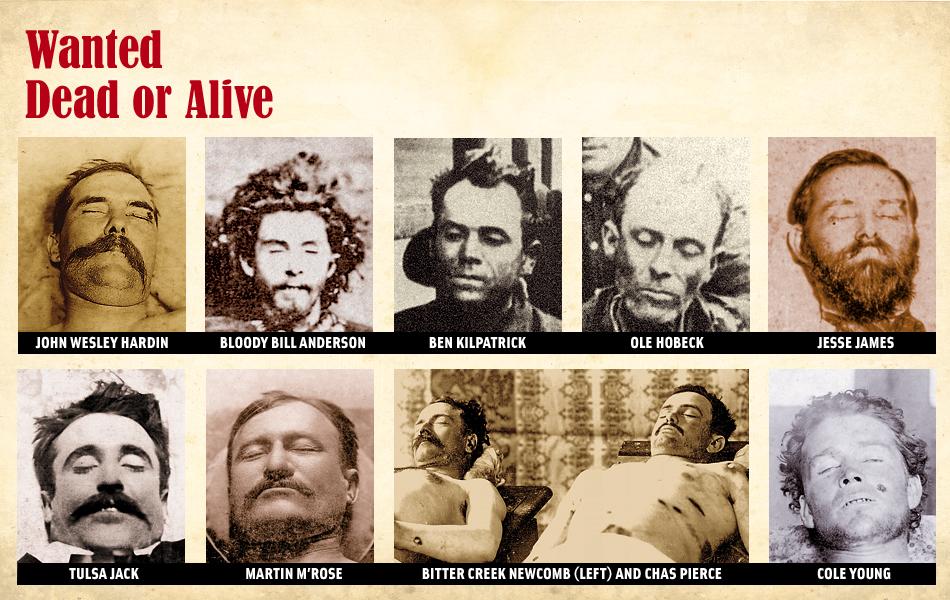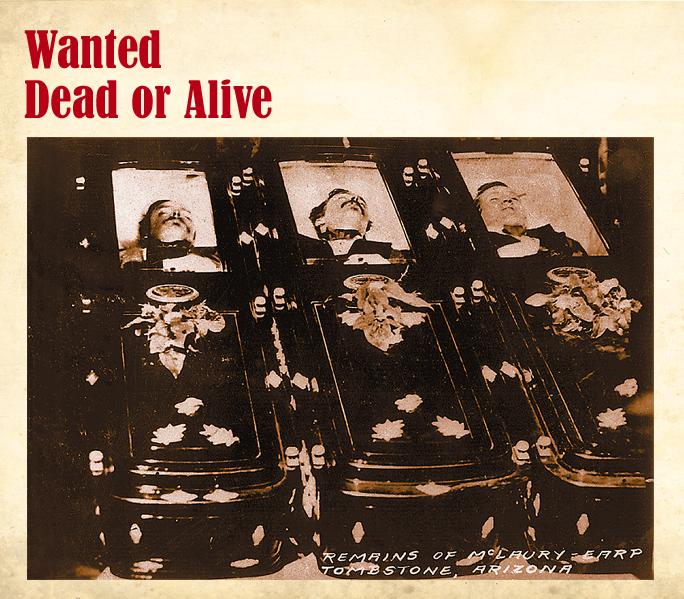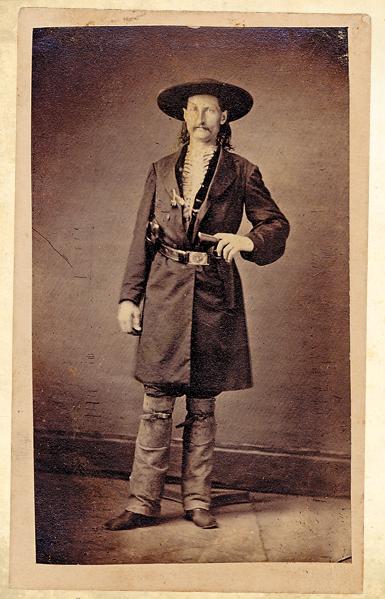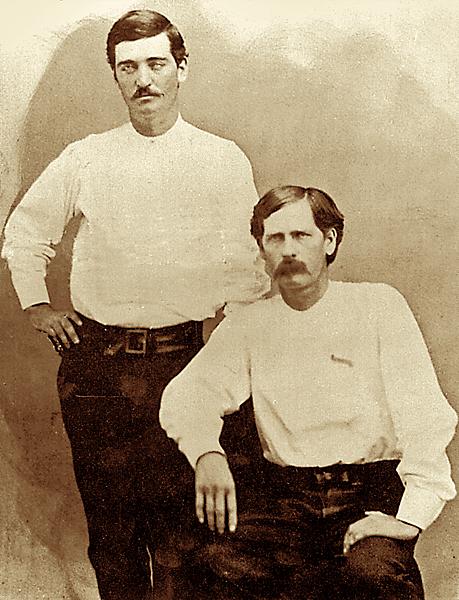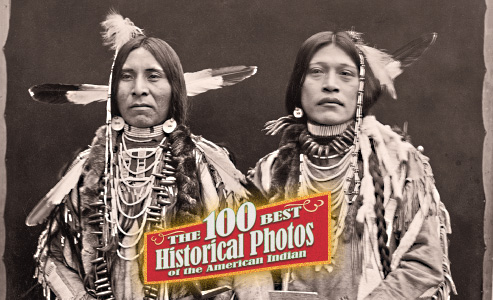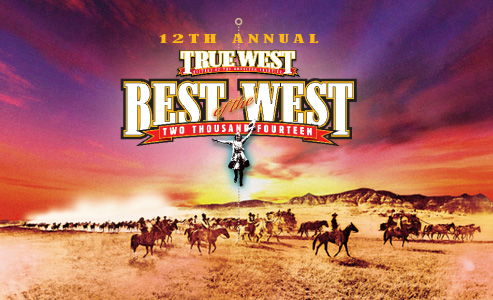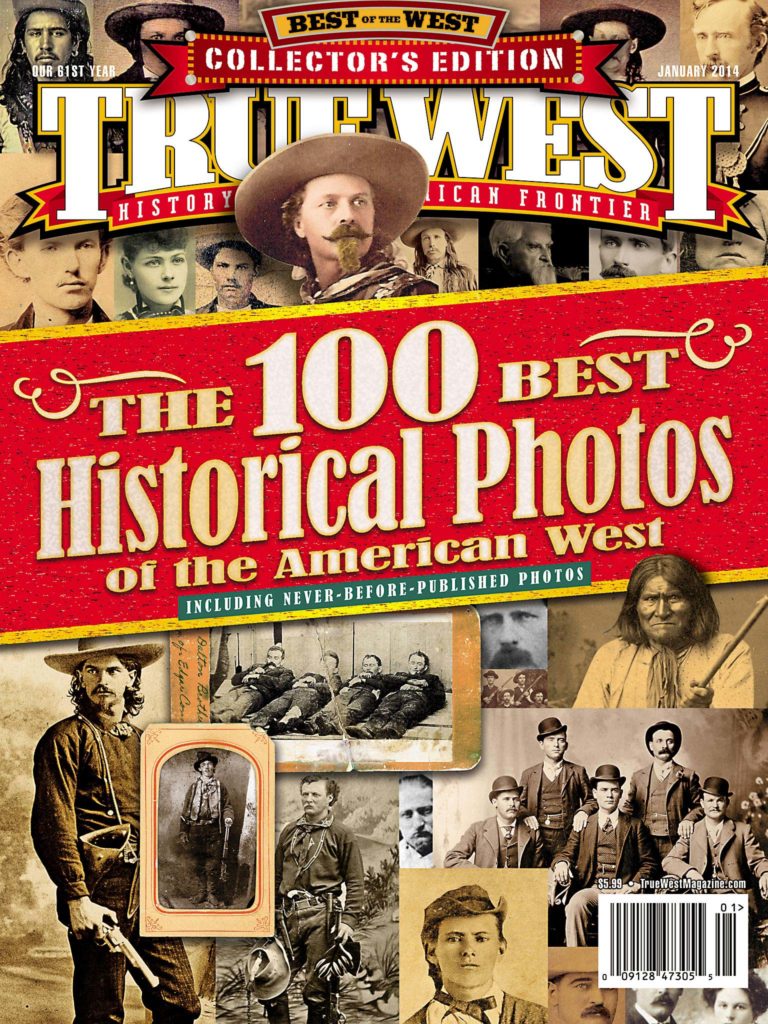
The arrival of the daguerreotype in the 1840s could not have come at a more fortuitous time for the American West. The camera may have missed Lewis and Clark’s explorations in the early part of the century, but it preserved many of the frontier’s countless heroes and zeroes, and the unforgiving landscapes where they forged a new world and way of life.
From these treasures, we have chosen 100 of the best historical photographs of the Old West. The journey has already started, with our Opening Shot, and continues throughout the magazine. Enjoy!
—The Editors
To see more of True West’s Historical Best Photos slideshows, please clicks on the links below:
- Classic Gunfights: Shoot-out at Stinking Springs
- Forrest Fenn’s Other Treasure: Rarely Seen Photos
- Unsung: Buffalo Gal
- The Best of Arts & Collectables for 2014
- The Best of Firearms for 2014
- The Best of Heritage Travel for 2014
- The Best of Movies TV Series & DVDs for 2014
- The Best of Western Books for 2014
- The Best of Western Wear for 2014
Photo Gallery
In the 1870s, 20-mule team wagons began hauling borax across the Great Basin Desert to the nearest railroad.
– True West Archives –
Firearms Editor Phil Spangenberger found this cabinet photo in an antique shop in Randsburg, California, that borders the Sierra Nevada Mountains, where this photo was probably taken around 1900. These passengers must have been important because two mounted and armed guards are escorting the wagon through the mountain pass.
– Courtesy Phil Spangenberger –
Belle Starr of the Indian Territory was another lady attracted to outlaws. She consorted with some, including Cole Younger, and married others, Jim Reed and Sam Starr. This cabinet card of her on her horse dates to 1886, three years before she was mysteriously murdered.
– Courtesy Robert G. McCubbin Collection –
Black Elk (far left) participated in the Battle of Little Big Horn in 1876 and at Wounded Knee in 1890. In between, he was a show Indian, also known as skate wicasa. He and Elk (left) performed for Queen Victoria at her Golden Jubilee in London, England, in 1887, while the Oglalas were on tour with Buffalo Bill Cody’s Wild West show.
– Courtesy South Dakota State Historical Society –
This rare carte de visite of Bloody Bill Anderson, one of the Civil War’s bloodiest pro-Confederate leaders, was made from the photo found on Anderson’s body when he was killed by Union soldiers in 1864.
– Courtesy Robert G. McCubbin Collection –
This 1904 orotone of Navajo riders crossing the desert in Arizona’s Canyon de Chelly is probably the best known of Edward Curtis’s photographs.
– Courtesy Library of Congress –
In his book, A Cowboy Detective, Charles Siringo wrote about his adventures with W.O. Sayles. But Robert G. McCubbin, who owns the albumen print taken while the two Pinkerton detectives were on the trail of the Wild Bunch in 1899-1900, noticed that Siringo (right) had identified his partner (far right) as W.B. Sayers. Siringo changed the names of many people in his 1912 book to hide their identities.
– Courtesy Robert G. McCubbin Collection –
The son of white captive Cynthia Ann Parker, Quanah led his warriors in a fight against buffalo hunters who were intruding into Comanche territory. After the Battle of Adobe Walls, he continued his leadership. When he died in 1911, the chief left behind a proud people.
– Courtesy Robert G. McCubbin Collection –
Cattle drives typically lasted three months, so cowboys often bathed at the end of the trail before heading into a cowtown to celebrate.
– True West Archives –
Depending on their work environment, cowboys wore all types of chaps: shotgun, Texas wing, batwing. Most were made of cowhide, but in the colder North, many were made of sheepskin or goat hide, with the fur intact. This Caldwell, Kansas, cowboy must have modeled his cowhide chaps off those woollies.
– Courtesy Robert G. McCubbin Collection –
A vain man, George Armstrong Custer posed for more than 150 photographs in his lifetime, including this last photo, taken of him two months before the 1876 Battle of the Little Big Horn that would end his life.
– Courtesy Robert G. McCubbin Collection –
The popularity of early photography’s daguerreotype declined when the less expensive ambrotype, an image on a glass plate, became available in the 1850s. We don’t know the identity of the man in this ambrotype, but his is one of the most interesting portraits from the American West.
– Courtesy John McWilliams Collection –
In Greenwood County, Kansas, these emigrants stop to eat lunch next to their wagon.
– Courtesy Kansas State Historical Society –
Want to know what a typical frontier cowboy looked like? This cowboy fits the description (at least the top half!) given in an 1871 Kansas newspaper: “His dress consists of a flannel shirt with a handkerchief encircling his neck, butternut pants and a pair of long boots, in which are always the legs of his pants. His head is covered by a sombrero, which is a Mexican hat with a high crown and a brim of enormous dimensions.”
– Courtesy Robert G. McCubbin Collection –
This 1884 cabinet card taken at the San Carlos Reservation in Arizona is the earliest known photo of Geronimo, which historian C.L. Sonnichsen captioned “the face that launched a hundred articles, stories, and novels.”
– Courtesy Robert G. McCubbin Collection –
The most famous member of the James-Younger Gang, the outlaw leader Jesse James was murdered in 1882, and this cabinet card of him was made that year.
– Courtesy Robert G. McCubbin Collection –
The ultimate frontiersman, Kit Carson was a fur trader, explorer, mountain man, guide for John “Pathfinder” Fremont and an Indian agent. The image of this brave man was probably taken sometime in the 1850s.
– Courtesy Robert G. McCubbin Collection –
Although we don’t know the identities of these men in this circa 1880 photo, several historians believe the standing man is John Kinney, who, by 1875, was the leader of one of the most feared bands of rustlers in southern New Mexico.
– Courtesy Robert G. McCubbin Collection –
After committing one of the last stagecoach robberies in the Old West, in 1899, Pearl Hart gained fame nationwide when she was written up in Cosmopolitan. She was jailed in Arizona’s Yuma Territorial Prison and released early, for reasons unknown, when the governor pardoned her in 1902.
– Courtesy Robert G. McCubbin Collection –
Rose Dunn became known as Rose of Cimarron at the age of 15 after she reportedly came to the aid of her outlaw boyfriend during a gunfight between lawmen and outlaws in Ingalls, Oklahoma Territory, in 1895. Some debate whether this photo was taken to promote the 1915 movie The Passing of the Oklahoma Outlaws, but this photo definitely dates to the 1890s.
– Courtesy Robert G. McCubbin Collection –
The only men to hang in Fort Smith, Arkansas, for rape, these five members of the Rufus Buck Gang were executed on July 1, 1896. As far as we know, this was the largest mass execution for rape in U.S. history.
– Courtesy Fort Smith National Historic Site –
A Texas Ranger during the Civil War before becoming a cattle businessman, Texas John Slaughter opened his final ranch near Douglas, Arizona. Robert G. McCubbin, the world’s foremost Old West photo collector, says this circa 1885 cabinet card of his cowboys is the best group photo of real working frontier cowboys.
– Courtesy Robert G. McCubbin Collection –
Probably the most famous photograph of a former Indian captive, taken after her ransom was paid in 1856, this photo of Mormon Olive Oatman reveals the blue cactus ink tattoo her Mohave captors gave to her to ensure a good afterlife.
– True West Archives –
Unofficially formed by Stephen Austin in 1823 and officially organized in 1835, the Texas Rangers has a storied history of tracking down fugitives and protecting the border. This circa 1885-88 cabinet card is an excellent photo of Company “F” of the Frontier Battalion.
– Courtesy Robert G. McCubbin Collection –
In this 1880s cabinet card, accurately captioned “The Genuine Cow Boy Captured Alive,” Cottonwood Charlie Nebo (far left), a proud proprietor of a horse ranch, wears a bib front shirt, shotgun chaps, bandanna, wide brimmed hat and his fringed, scabbard-style holster. His half-breed partner Nick has left off the chaps and boots, and is wearing a vest that was popular among frontier cowboys.
– Courtesy Robert G. McCubbin Collection –
One of the most notorious Hispanic outlaws in Old West history, Tiburcio Vasquez, shown in this circa 1865 photo, had a 20-year career of stage holdups, robberies and rustling. He was hanged in 1875.
– Courtesy Robert G. McCubbin Collection –
Proud of the job they performed herding cattle, cowboys often posed for studio photographs, decked out in their favorite getup, just like this cowboy who proudly displays his Colt Single Action Army in this circa 1880s photo.
– Courtesy Robert G. McCubbin Collection –
With a reward on his head, Oklahoma Territory outlaw Bill Doolin was an attractive target. When Doolin was shot dead in August 1896, he had around 20 buckshot wounds, courtesy of Heck Thomas. The deputy U.S. marshal collected a nearly $1,500 reward and divided it among the seven members of his posse.
– Courtesy Robert G. McCubbin collection –
“Murdered on the Streets of Tombstone” was the sign mourners carried during the funeral procession for Tom McLaury, Frank McLaury and Billy Clanton (above, from left), who were killed during the Gunfight Behind the O.K. Corral in 1881. Their bodies were displayed in the window of a local hardware store.
– True West Archives –
Arguably the first and greatest gunfighter of the Old West, Wild Bill Hickok wears his own clothing in this 1865-66 photo, not a stage costume, like he wore in most of his photos.
– Courtesy Robert G. McCubbin Collection –
At the height of the cattle driving days, in 1876, two of the Old West’s most famous lawmen posed together in Dodge City, Kansas.
– Courtesy Jeff Morey –

